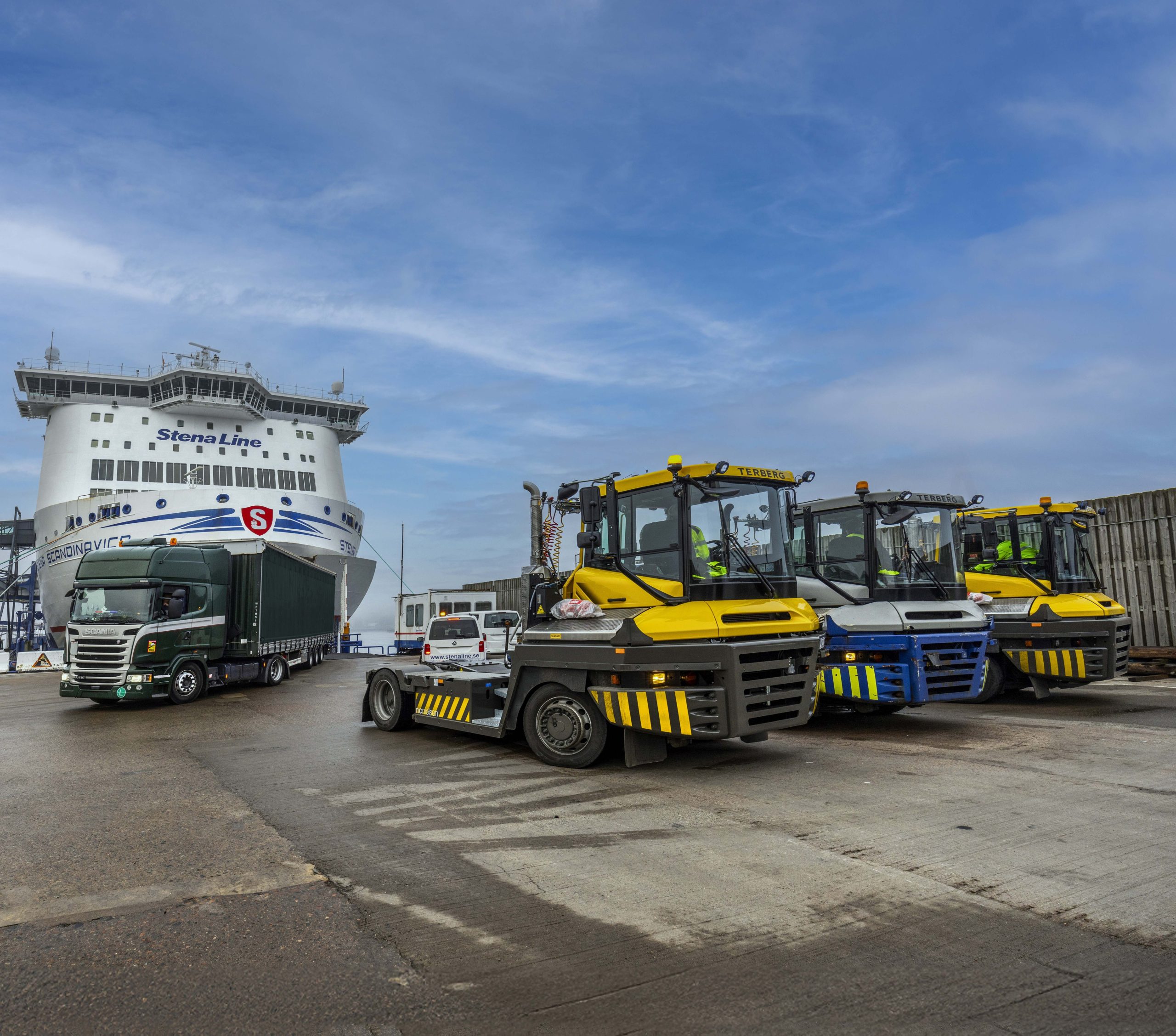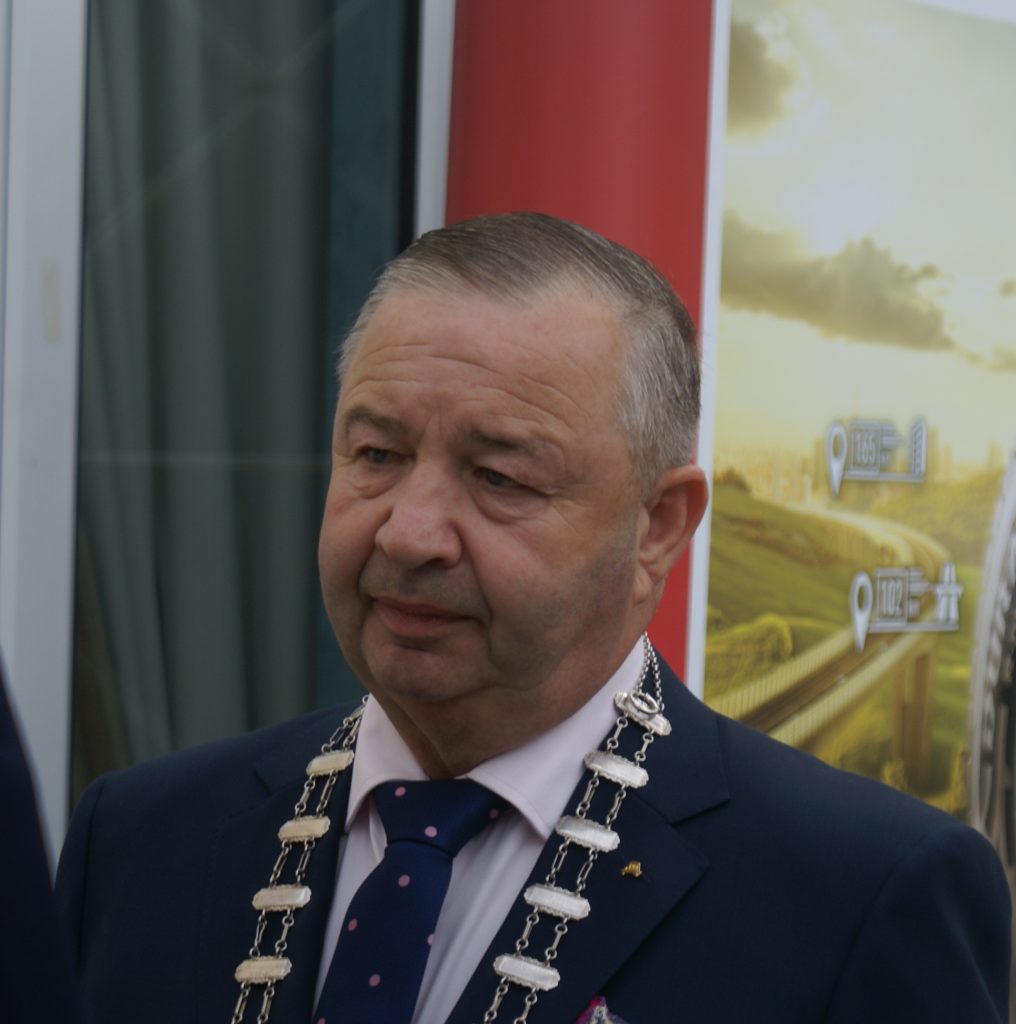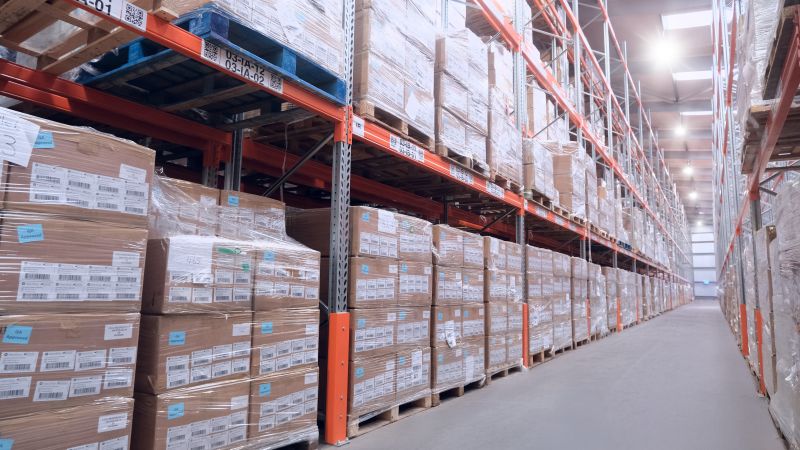Stena Line, the global ferry operator, has enhanced health and safety at its Irish Sea operations following the adoption of an advanced video telematics solution. The company rolled-out Camera Telematics’ multi-camera system to over 100 terminal tractors, buses and luggage vans at five UK and Irish ports, which has helped streamline incident investigation, safeguard staff and visitors, and reduce fleet and operational risk.
“We have a duty of care to our staff, customers and passengers, so the wellbeing of everyone at our Irish Sea ports is a huge priority,” explains Eamon Fortune, Senior Port Manager – Irish Seas at Stena Line. “Working closely with Camera Telematics we have implemented a technology solution that is delivering real value to our business in terms of ongoing safety, risk reduction and performance improvements.”
Stena Line and Camera Telematics worked closely together to develop a customised solution that provided the highest levels of safety, visibility and safeguarding. An initial trial was undertaken at the Stena Line’s ferry terminal at Dublin Port, to achieve proof of concept and justify a phased implementation across the Irish Sea business. The process also required close and upfront collaboration with drivers, stevedores and their union to communicate the use and benefits of the technology, gain buy-in, and address any privacy concerns.
Following the success of the pilot, the video telematics solution has been rolled out across Stena Line’s port operations at Fishguard, Belfast, Birkenhead and Cairnryan. The terminal tractors and buses have been fitted with the iC360 connected mobile digital video recorder (MDVR) with a 1TB internal hard drive to deliver a five-camera solution, with a three-camera system for the luggage vans. Each vehicle has an in-cab monitor with side and/or reversing camera triggers to provide a driving aid and detect any nearby vulnerable port worker.
The terminal tractors have been fitted with forward, rear and driver facing devices, with side view cameras covering the nearside and blindside, while the buses include an internal device looking at the passenger aisle. The luggage van solution incorporates a forward and rear camera, supported by an internal device for the passenger baggage area. All the multi-camera systems provide live view, playback and remote download via Camera Telematics’ online portal.
The camera system has improved the robustness of internal investigations, enabling Stena Line to build a complete picture of what has taken place, validate witness statements, and better manage any required action. With high-quality footage, large storage capacity and effective search capabilities, the technology solution has increased the speed of resolution for safety events – as well as passenger and customer complaints – saving time and minimising associated costs.
Stena Line is using insight taken from investigations to measure compliance of safety procedures and where possible introduce measures to avoid any recurrence of an event. This has contributed to improving safety behaviours amongst drivers, stevedores and ferry crews, resulting in a reduction of vehicle-related incidents. It is also helping drive port efficiency by reducing delays and operational downtime.
Stephen Petticrew, Port Operational Efficiency Lead Stena Line commented: “Camera Telematics’ solution has already been a game-changer for health and safety, helping us to gain clarity over what has occurred and mitigate the impact of port risk. The added visibility means we can quickly examine and respond to events, saving time and minimising associated costs. We are also exploring how the technology can be used to target continuous improvement within our operation as well as wider productivity, efficiency and security applications as part of our digital transformation.”
Mark Stamper, Director of Camera Telematics said: “We have used our longstanding and unrivalled expertise within the port environment to develop a solution that supports Stena Line’s commitment to safety and staff wellbeing. It has also been crucial to adopt a partnership approach throughout the roll-out, taking time to understand and work around Stena Line’s priorities, to ensure we avoided any unnecessary downtime and delivered the project on budget and on-time.”



